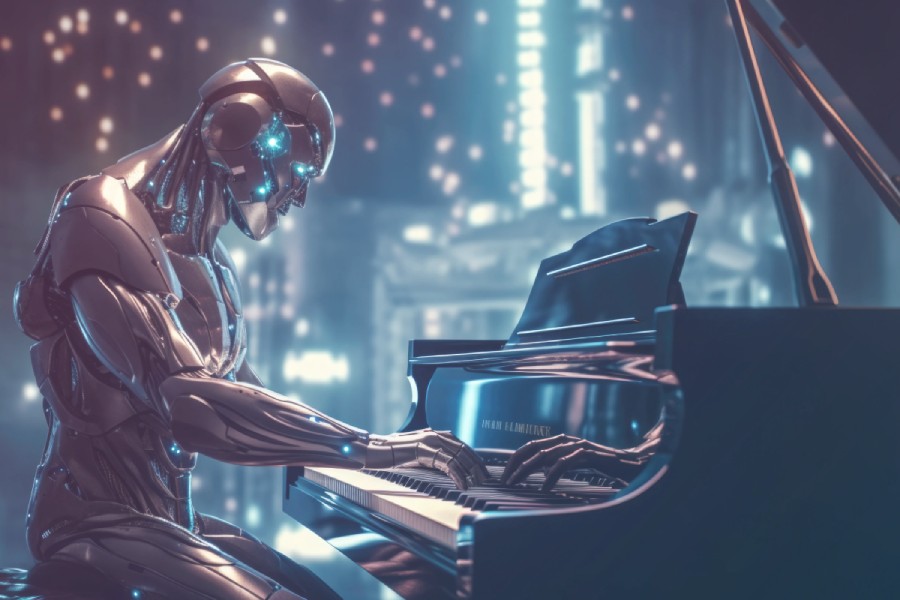One piece of music promotion advice I’ve embraced is to curate my own Spotify playlists and engage in networking with fellow artists in my genre who have a similar or slightly larger number of monthly listeners. As I’ve immersed myself in the scene, a concerning observation has become overwhelmingly clear: over 80% of the tracks I encounter appear to be AI-generated music.
The Influx of Automated Creations
I’m familiar with generative AI tools like Suno; I’ve even experimented with them myself and found the results genuinely impressive and entertaining. The technology is truly fascinating, and I believe it has a place in the world. However, it’s become apparent that these AI-generated music pieces are rapidly saturating streaming platforms, making it increasingly difficult to distinguish them from human-made music.
There wouldn’t be an issue if transparency were the norm; many listeners genuinely enjoy AI-generated content, while others prefer to know when they’re engaging with it. Unfortunately, a significant number of “artists” are attempting to pass off these low-effort creations as entirely authentic, flooding the market and creating a deceptive landscape.
Why Eurodance is Particularly Vulnerable
This phenomenon is particularly prevalent in the Eurodance genre. It’s a known fact that AI models generate “new” music by learning from existing data found across the internet. This makes them exceptionally good at producing tracks that mimic older styles. This is precisely what’s thriving in Eurodance today: a nostalgic sound that strongly evokes classic tunes. Many exploit this, inundating streaming platforms with AI-driven releases.
I’ve seen “artists” upload multiple tracks weekly, often sounding quite professional and undeniably catchy. Yet, despite the technology’s rapid advancement, an experienced ear can still discern the AI origin. For those who aren’t bothered, there’s no issue, but for independent artists like myself, it’s incredibly demoralizing to compete.
The Demoralizing Disparity: Time vs. Algorithm
For Eurodawn, each song represents weeks of dedicated composition, intricate arrangement, meticulous Synthesizer V Studio vocal production, followed by careful mixing and mastering. This entire creative process is a labor of love, a deeply personal artist’s journey. My tracks are crafted with intent, emotion, and countless hours in my home studio setup.
The demoralizing reality is that my human-made music then sits alongside three or four AI-generated music tracks, whose quality, to the average listener, appears just as good as mine. This market saturation makes it incredibly challenging for genuine music discovery to occur and for an organic fanbase to form around authentic creations. We are constantly striving to deliver a unique sound with positive, uplifting lyrics, but the sheer volume of AI content creates an unfair playing field.
A Plea for Transparency: Labeling AI Music
This brings me to a critical point: the urgent need for a solution to properly flag these songs. The music industry should enforce a clear label, making it immediately visible to listeners that a track is AI-generated. Sadly, I fear that major platforms like Spotify may not be interested in implementing such measures, which feels like a disservice to their users.
This lack of disclosure is, in essence, misleading. Many listeners, like myself, would prefer to know if the song they’re enjoying was born from real passion, human talent, and weeks of dedicated effort, or if it was merely generated from a prompt for the sole purpose of financial gain, or perhaps a more unsettling, deluded satisfaction felt by someone posing as a “popular artist”. For the sake of authenticity, fair competition, and the integrity of the artist’s journey, genuine music discovery depends on this transparency.
